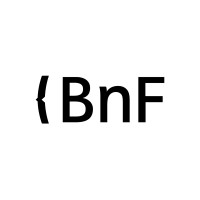
Providence Associates, LLC
Providence is dedicated to working collaboratively with libraries to create and sustain the ultimate library experience through services, facilities, organizational structure, operations and staffing. Providence can help those libraries that recognize the need to change but don't know what to do or how to do it. We have a team of associates who can address the issues of change in a holistic approach, or in a targeted fashion focusing on specific areas e.g. serving “New Americans;” children, teens and families; senior citizens and “boomers”; and streamlining processes such as materials selection, acquisitions, processing, circulation, etc.






